Dowiedz się, jak raportować przemoc motywowaną uprzedzeniami na policji, w prokuraturze, jak złożyć zawiadomienie o popełnieniu przestępstwa.
Razem z Nomada Stowarzyszenie i Centrum Dialogu Łódź 20.04.2020 zorganizowaliśmy webinar dotyczący przemocy motywowanej uprzedzeniami. Webinar składał się z dwóch części: 2. Metoda community workingu jako forma wsparcia osób narażonych i doświadczających przemocy motywowanej uprzedzeniami. Podczas tej części można się było dowiedzieć: Prowadząca: Omo, Anna Galik – politolożka, członkini stowarzyszenia Nomada, asystentka, badaczka terenowa i doświadczona community workerka. Od 2011 udziela wsparcia osobom, które doświadczyły bądź są narażone na przemoc motywowaną uprzedzeniami. Zajmuje się edukacją dotyczącą praw cudzoziemców w Polsce. Współautorka publikacji z zakresu przemocy motywowanej uprzedzeniami. Na warsztatach obowiązywały zapisy, wstęp był wolny.
1. Przemoc motywowana uprzedzeniami i sposoby reagowania na nią. Podczas tej części można się było dowiedzieć:
Jeśli jesteście zainteresowani / zainteresowane webinarami, zaglądajcie na nasz profil na Facebooku!
ג – Gimel
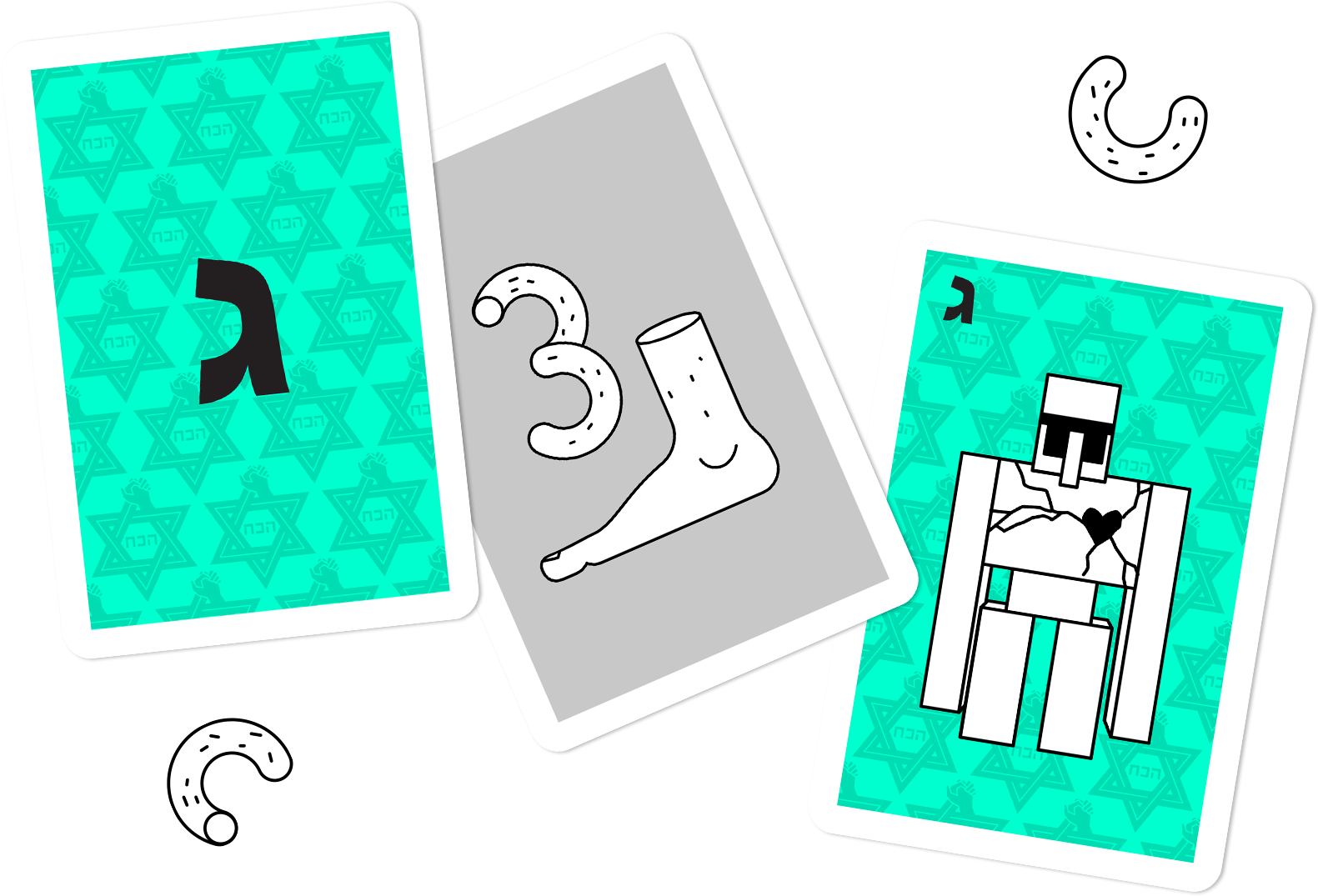 Gimel ג jak Golem (גולם) z serii straszne historie: Legenda o Golemie
Gimel ג jak Golem (גולם) z serii straszne historie: Legenda o Golemie
Gliniany potwór, słusznej budowy, którego nie można zranić ani zabić. Nie ma ani serca ani duszy. Według legendy pomógł Żydom w Pradze, gdy ówczesny cesarz Rudolf II rozpoczął ich prześladowania.
Jehuda ben Becalel stanął na brzegu Wełtawy i w towarzystwie uczniów ulepił z gliny monstrum. W jego usta wetknął zwitek papieru z niewymawialnym imieniem Boga, a na czole zapisał „emet” czyli „prawda”.
Jehuda udał się z nim do cesarza. Znany z zamiłowania do kabały cesarz uległ sile perswazji, pogromy ustały. Golem sprawował tymczasem służbę dla człowieka. Nosił, dźwigał, budował, pomagał.
Jednak Golem rósł zbyt duży i silny zagrażając ludności. Jehuda nie miał wyjścia i zmazał z jego czoła pierwszą literę napisu i powstało w ten sposób słowo „met” czyli „śmierć”. Golem rozsypał się w proch, a z jego wnętrza wypadło małe gliniane serce.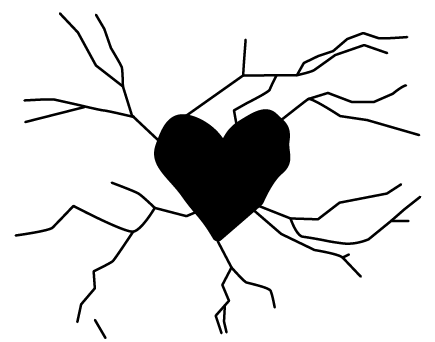
- A czy znasz filmy, książki i gry komputerowe, w których występuje Golem?
- Znasz inne mityczne postacie stworzone przez człowieka?

Symbolika:
Literze hebrajskiej ג (Gimel) odpowiada cyfra 3.
Znaczenie symboliczne: stopa, duma, wielbłąd.
Wybierz kartę z literą z Elementarza HaKoach

צ – Cadi
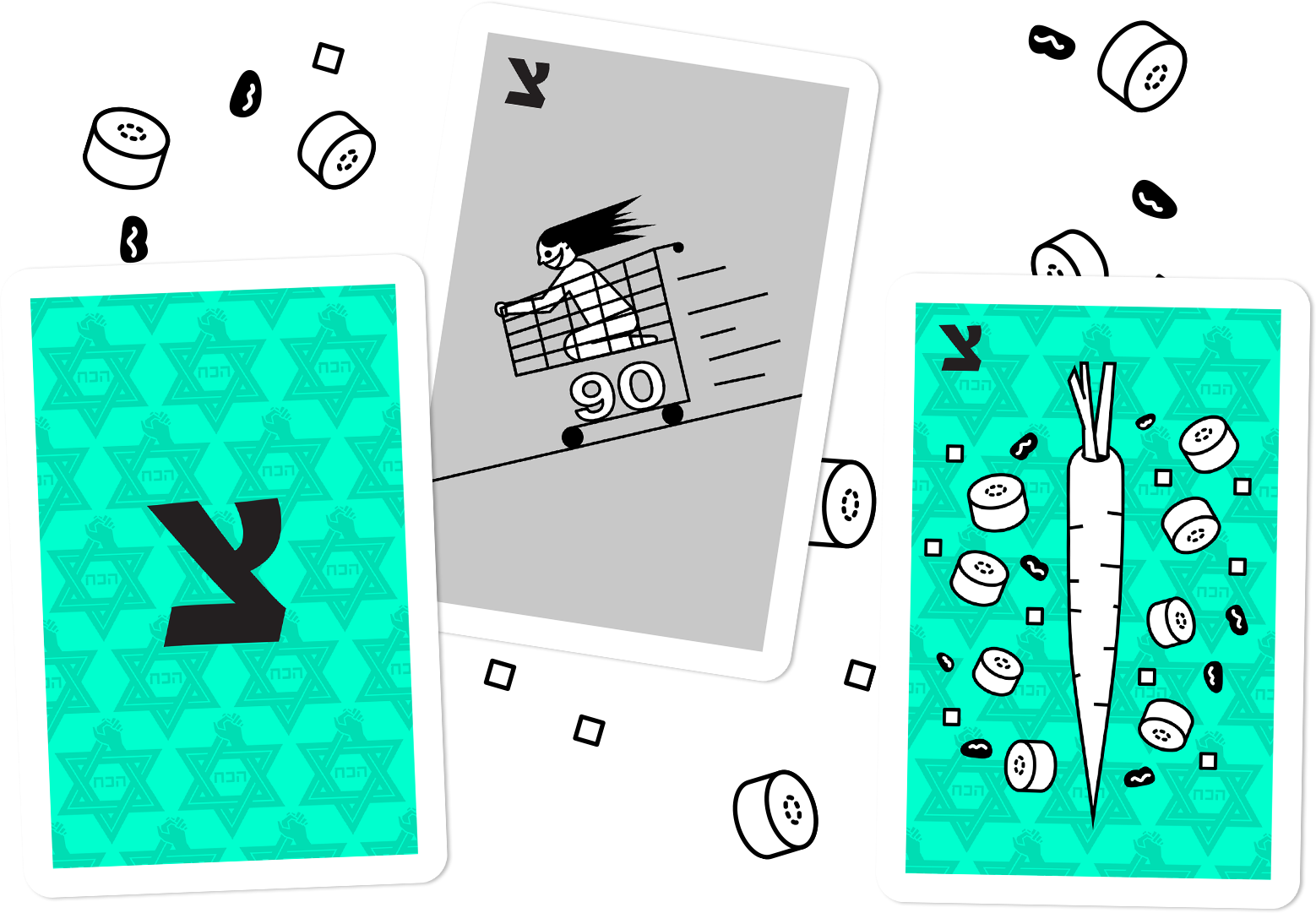

Czy deser może być w formie słodkiego gulaszu? Tak! Czy jest pyszny? Oczywiście! Cymes to ogólna nazwa kilku potraw żydowskich, które podaje się jako deser. Najczęściej zawiera w swoim składzie podsmażaną marchewkę.
Cymes je się tradycyjnie w święto Rosz ha-Szana, kiedy je się słodkości, owoce, miód, aby cały przyszły rok był słodki.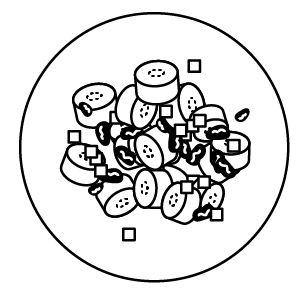

Oto przepis:
Składniki:
½ kg – marchewki
½ szklanki – cukru
1 szklanka – wody
1 szklanka – soku z pomarańczy
2 łyżki – soku z cytryny
garść rodzynków, garść śliwek suszonych, garść orzechów włoskich
szczypta soli
½ łyżeczki – cynamonu
A teraz proste przygotowanie!
Marchewkę myjemy, obieramy i kroimy w plastry. Potem należy ją zasypać cukrem, zalać wodą i ugotować.
Gdy zacznie mięknąć, wlewamy sok z pomarańczy i sok cytryny. Dodajemy bakalie. Przyprawiamy cynamonem, dodajemy miód, mieszamy i jeszcze przez parę minut dusimy.
- A jaki jest Twój ulubiony deser?
Symbolika:
Literze hebrajskiej צ (Cadi) odpowiada cyfra 90.
Znaczenie symboliczne: hak na ryby, chęć posiadania.
Wybierz kartę z literą z Elementarza HaKoach




ש – Szin


Dzień wypoczynku, będący siódmym i ostatnim dniem tygodnia w judaizmie. Trwa od zachodu słońca w piątek, do zachodu słońca w sobotę.
W czasie szabatu zapalane są świece szabatowe, wznoszona jest modlitwa kidusz i spożywana jest wieczerza szabatowa. 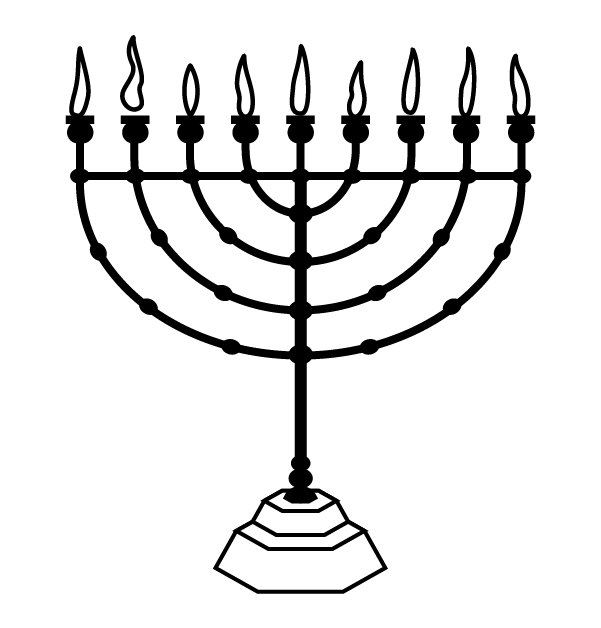

Podstawową zasadą spełniania szabatu jest Oneg, czyli rozkosz i radość z odpoczynku! Brzmi dobrze, prawda?
- A Ty, jak najbardziej lubisz odpoczywać?
- Co robiłbyś lub robiłabyś w szabat?


Zagraj w grę, w którą bawią się żydowskie dzieci w czasie szabatu “Rabin idzie na zakupy”! Jedna osoba zaczyna zdanie: “Rabin idzie na zakupy i kupuje marchewkę.” Kolejna osoba powtarza zdanie i dorzuca kolejny produkt. Gramy aż do pierwszej pomyłki. Po niej zaczynamy od nowa.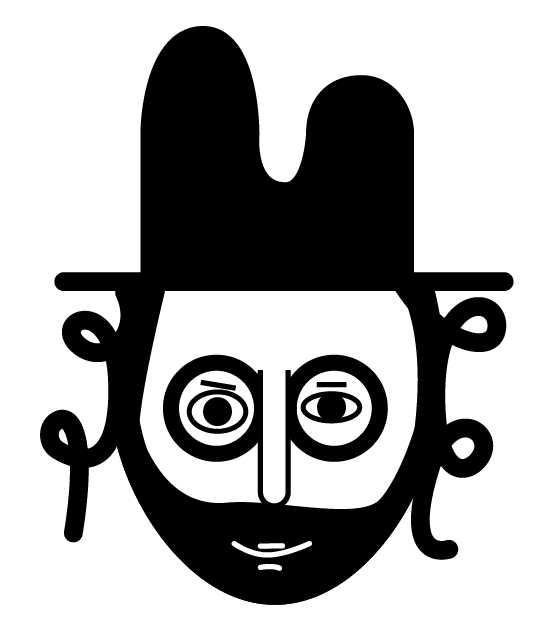

Literze hebrajskiej ש (Szin) odpowiada cyfra 300.
Znaczenie symboliczne: jeść, niszczyć, ząb.
Wybierz kartę z literą z Elementarza HaKoach










